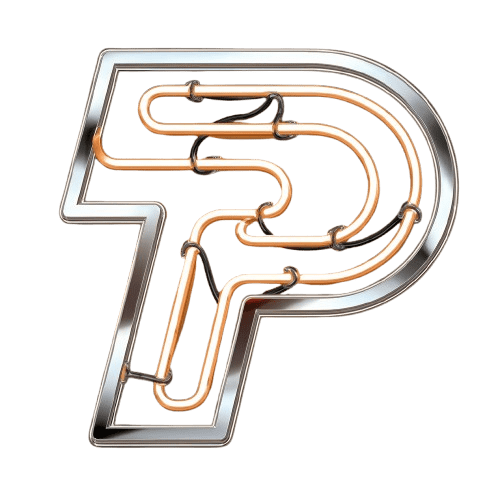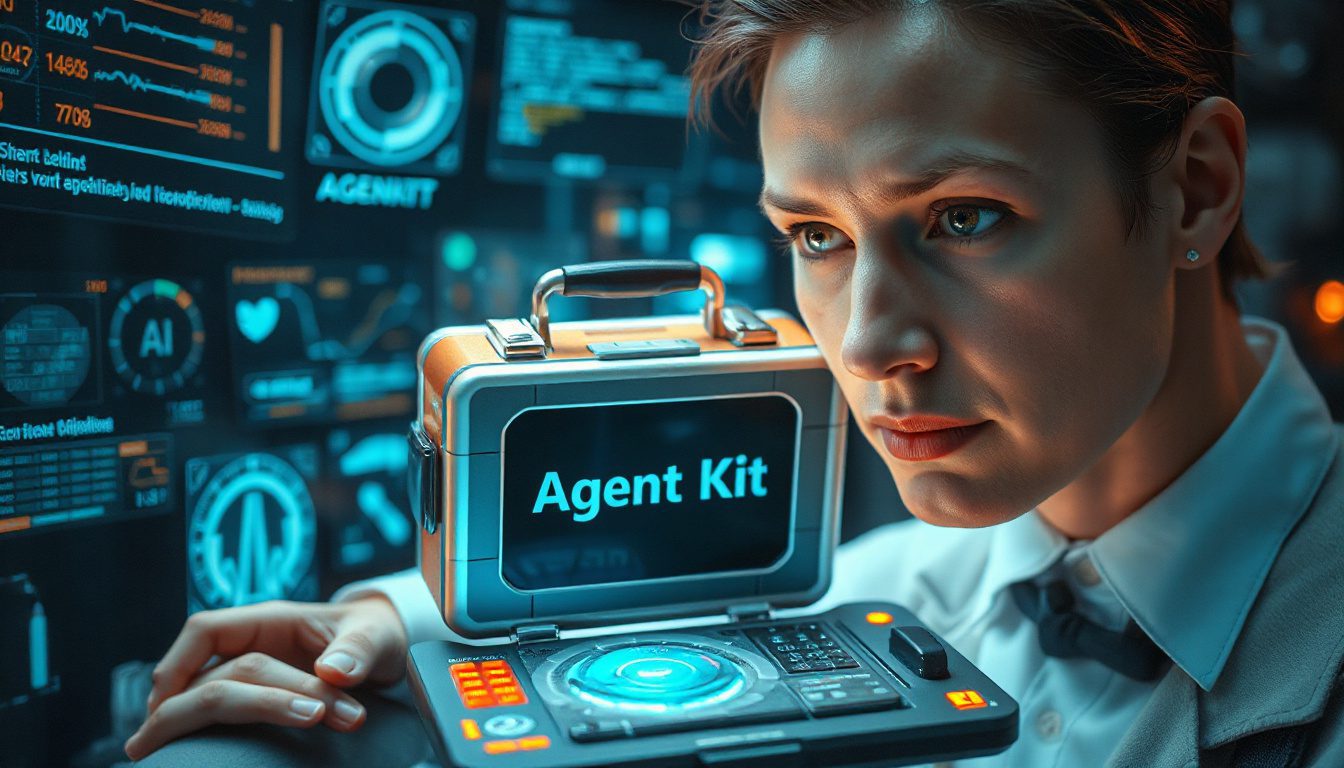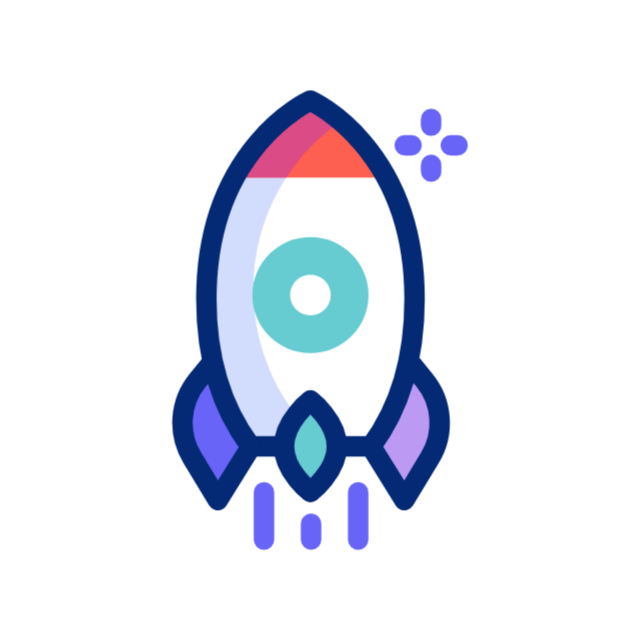How ChatGPT’s Agent Kit Changes Business AI Workflows
ChatGPT’s Agent Kit lets companies build AI workflows in a new way. It connects words and ideas near each other. This tool helps build small steps that work together. It lets you create AI assistants that handle calls, data, and answers without deep code work.
Here is what the tool does, how it works, and what you may build.
What Is the Agent Kit?
The Agent Kit sits inside OpenAI’s developer space. It shows you a visual grid where nodes join like links. Each node stands for an action. One node may get input; the next may call the AI to read it; another node may send back a result. This grid lets you plan a path that fits your needs. Many companies face a challenge when they try to mix AI into daily tasks. The Agent Kit helps them build real steps that solve these tasks with words that make sense.
How the Agent Kit Works
The heart of the kit is its visual workflow. You start by choosing a ready-made path and change it as needed. Some ready-made paths include:
- Data Gathering: Collect bits of data to answer a query.
- Schedule Helper: Build and check meeting plans.
- Support Bot: Answer common questions from customers.
- Database Q&A: Let users ask and get answers from data.
- File Checker: Compare two documents to spot changes.
- Knowledge Help: Let workers seek company facts fast.
Each step is a node. You join nodes by dragging them into a path. This way, each word or data item stays near its next step.
You may also build a new path from scratch. This method lets you match the tool to your needs. The kit lives at platform.openai.com/agentbuilder. This place gives you more room to set how AI acts and links to other apps.
Why This Tool Can Change Workflow Building
Other tools use a visual grid to link apps together. In those tools, words and tasks often stay apart. In the Agent Kit, tasks and words sit close. The kit lets AI read language well and pass on secrets in a short chain. Work flows built with the kit can work on tough questions or tasks by following a word’s trail. Many small AI steps can join to work as a team.
Who Will Gain Most from the Agent Kit?
This tool suits teams that need AI helpers built to a task without heavy code. It suits teams that wish to run customer chats with a clear chain of text. Teams working with many data points will see words and data match in small steps. Workers who search internal files can soon talk to an AI that finds answers fast. One example is a chat helper that reads a question, pulls data from a record, and sends back an answer. A project guide may set up a plan that works on given words and numbers.
Practical Tips for Getting Started with the Agent Kit
• Try the ready-made paths first. This shows how each node connects.
• Pick cases that need many steps. Start simple with tasks like reply to common questions.
• Test the nodes and then fix the flow. A few changes can make each part work smoother.
• Involve tech staff soon. Even if deep code is not needed, knowledge of APIs can help build the best path.
• Watch out for security. When the data is sensitive, keep the links safe.
What to Expect Moving Forward
The Agent Kit points to a change in how work gets done. Companies may soon build text-based helpers that work on many small, connected words. As OpenAI adds more nodes and links, work will start in small pieces and join into a larger chain. This method will call back to clear links over long chains of words.
Ready to Build Your Own AI Workflows?
If your company seeks a way to run tough tasks with clear word links, the Agent Kit is a good match. Visit the developer space at OpenAI and try making helpers that answer, check data, or support customers anytime.
Start with a simple path. Change it so that it matches your needs. Watch as short links between words help change work into small steps that build a clear chain.
Next steps:
• Visit platform.openai.com/agentbuilder to check the Agent Kit.
• Pick a key task in your work that may use AI words.
• Build a flow and test its chain of connections.
• Share your findings with your crew and work on a clearer chain.
This method brings AI work into a line of words that fit close. Each link in the chain helps bring tasks closer and make work easier.


